Cultural Fusion in Architecture: Blurring Boundaries
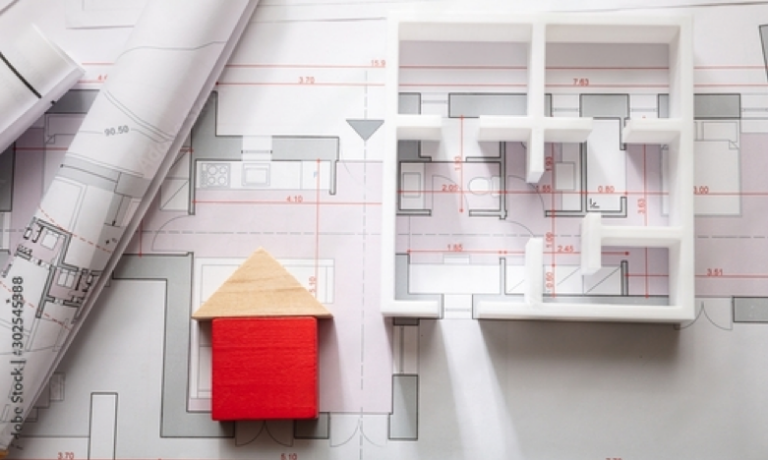
In our globalized world, architecture emerges not just as a physical structure but as a storyteller—a narrative featuring diverse cultures. Looking at the connection between architecture and cultural diversity, we witness a celebration of inclusivity and cross-cultural understanding that rises above mere aesthetics.
Architecture as a Reflection of Identity
Architecture, as an art form, has the unique ability to reflect the identity of a community, a nation, or even a civilization. In celebrating cultural diversity, architects become custodians of stories, transforming structures into living testimonials of shared histories and values.
Imagine standing before a building where Islamic arches gracefully intertwine with Asian-inspired pagodas, and modernist glass appearance honors indigenous motifs. These architectural marvels exemplify the global symphony of cultures converging into a harmonious composition. One such beacon is the Petronas Towers in Kuala Lumpur—a modern masterpiece that seamlessly blends Islamic geometric patterns with cutting-edge design, showcasing Malaysia’s multicultural identity.

Celebrating Cross-Cultural Narratives: The Louvre Abu Dhabi
In the heart of Abu Dhabi, the Louvre stands not only as an art sanctuary but also a testament to cross-cultural collaboration. Designed by Pritzker Prize-winning architect Jean Nouvel, the Louvre Abu Dhabi draws inspiration from traditional Arabic architecture, featuring a mesmerizing dome that filters sunlight through intricate patterns reminiscent of the region’s mashrabiya screens. This architectural fusion not only provides a fitting environment for art but also fosters cross-cultural dialogue.
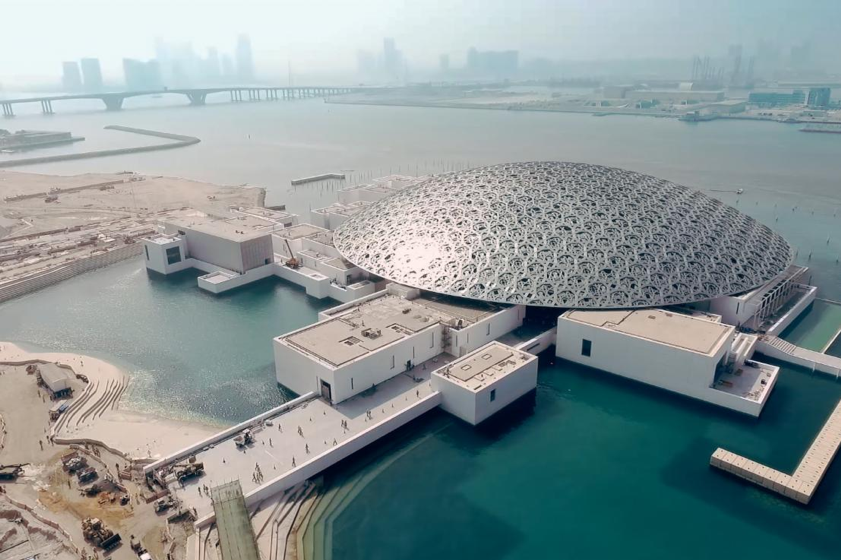
The Melting Pot of Modernity: Singapore’s Cultural Hub
Singapore, a microcosm of cultural diversity, showcases architectural brilliance in its Pinnacle@Duxton. This residential complex seamlessly blends Chinese, Malay, and Indian cultural elements, with sky bridges reminiscent of traditional Chinese architecture and vibrant colors reflecting the hues of Indian saris. It stands as a living example of how architectural fusion can create spaces where people from various backgrounds coexist harmoniously.
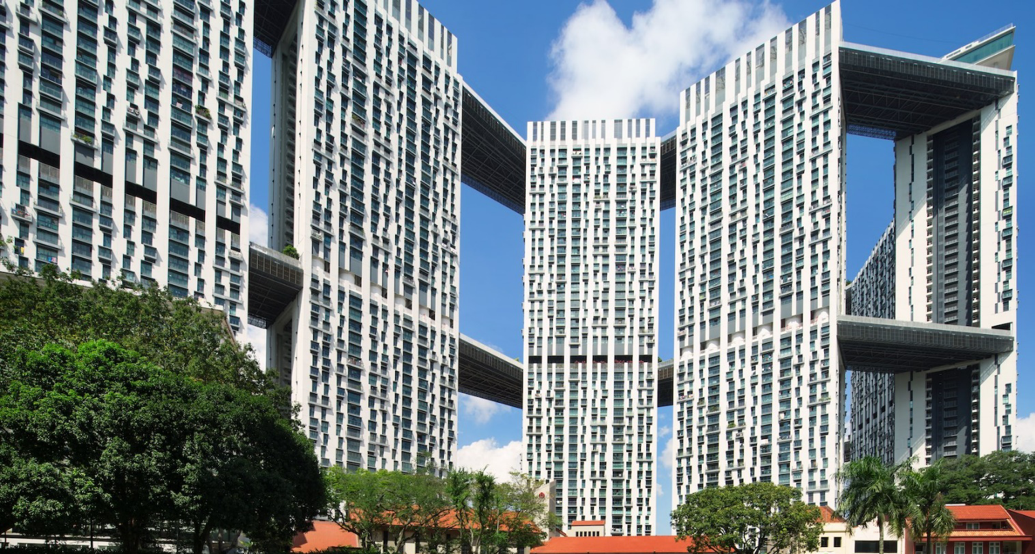
Learning from the Past: The Alhambra
Traveling back in time to the Alhambra in Granada, Spain, we witness a historic masterpiece that captures the essence of cultural fusion. The Alhambra, with its intricate Islamic geometric patterns, coexists with Christian additions, creating a unique blend that echoes the cohabitation of diverse cultures in medieval Spain. This architectural gem teaches us that even in the past, societies recognized the value of embracing and integrating different cultural elements.
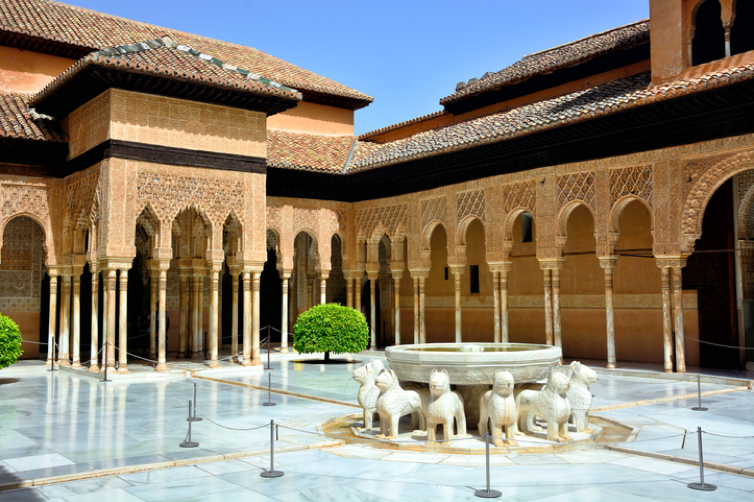
Inclusive Spaces: The Aga Khan Museum
Designed by Fumihiko Maki, the Aga Khan Museum in Toronto stands as a beacon of inclusivity. It houses Islamic art from various cultures and periods, fostering a deep understanding of the diversity within the Muslim world. The architecture of the museum itself reflects this commitment to inclusivity, with modernist lines and a serene courtyard that invites visitors to contemplate the shared heritage of humanity.
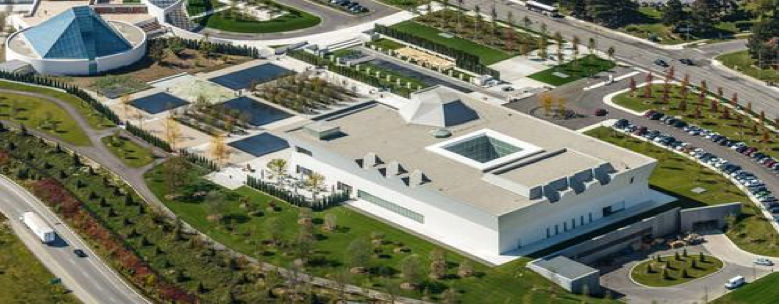
Beyond Aesthetics: The Sydney Opera House
Australia’s Sydney Opera House, an iconic symbol of modern architecture, draws inspiration from the country’s indigenous heritage. Jørn Utzon, the architect, integrated elements reminiscent of Aboriginal design, such as the shell-like structures that pay homage to the land’s rich cultural history. This architectural approach transcends aesthetics, serving as a powerful acknowledgment of the importance of indigenous narratives in the nation’s identity.
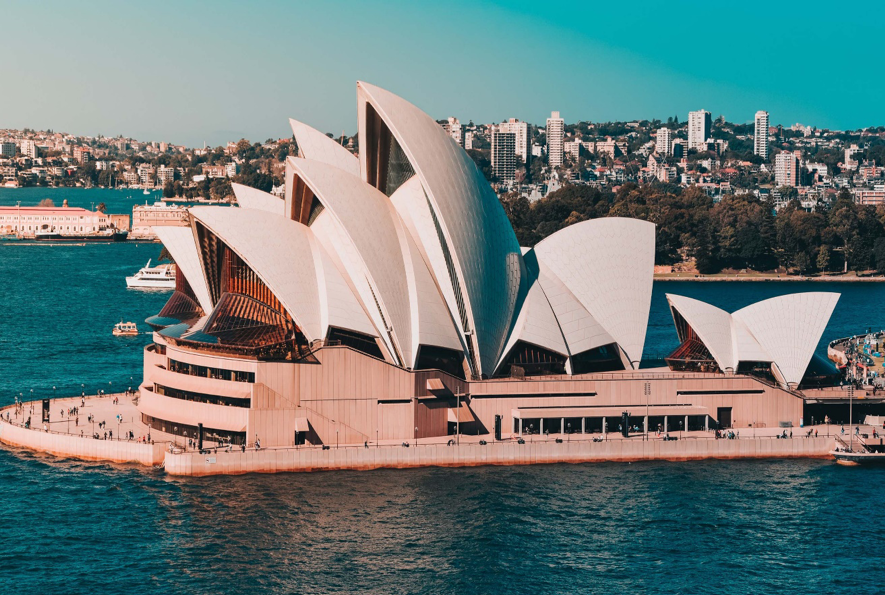
Spanish Roots, American Identity: The San Antonio Missions
The San Antonio Missions in Texas, a UNESCO World Heritage site, embody a blend of Spanish colonial architecture with indigenous and Mexican influences. These historic missions, including the iconic San José Mission, tell a tale of cultural fusion that shaped the identity of the American Southwest. As visitors wander through the stone corridors, they witness the architectural dialogue between Spanish missionaries and indigenous communities that laid the foundation for a unique American cultural heritage.
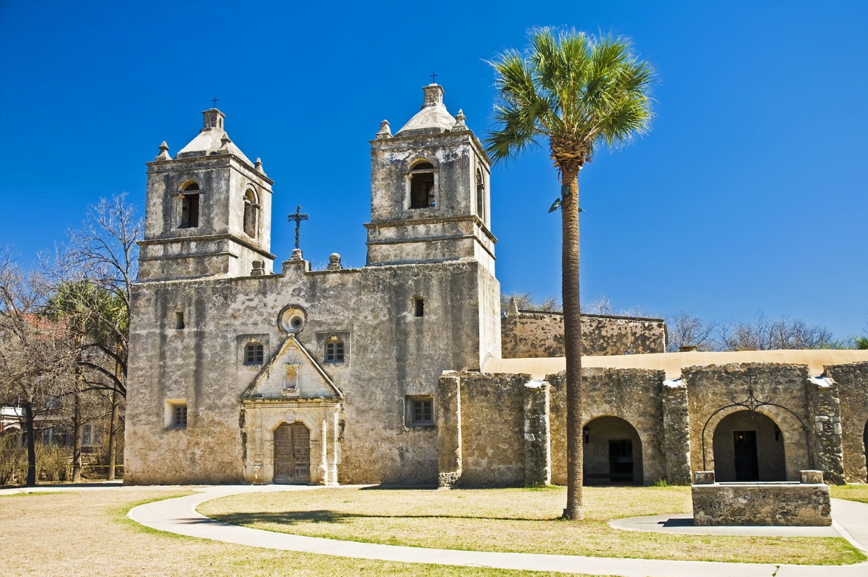
Tips for Architects: Weaving Cultural Heritage into Designs
Research Extensively:
Immerse yourself in the cultural histories of the communities you’re designing for. Thorough research lays the foundation for respectful and accurate integration.
Engage with Local Artisans:
Collaborate with local artisans and craftsmen to ensure authenticity in the incorporation of cultural elements. This not only adds depth to your designs but also supports local craftsmanship.
Integrate Symbolism:
Understand the symbolism behind cultural elements. Integrate symbols and motifs with intention, allowing them to convey deeper meanings and connections to the users.
Prioritize Sensitivity:
Approach cultural fusion with sensitivity and respect. Acknowledge the significance of certain symbols and practices, steering clear of cultural appropriation.
Create Inclusive Spaces:
Design spaces that are accessible to everyone, regardless of their cultural background. Inclusivity should not only be a visual aspect but also a functional one.
Sustainable Integration:
Integrate sustainable design practices that honor both cultural and environmental considerations. From materials to energy-efficient solutions, let your architecture be a responsible custodian of the planet and its diverse communities.
Designing Spaces that Unite
Architects, the ball is in your hands. Let every stroke of your design brush be a celebration of cultural diversity. Create spaces that tell stories, invite dialogue, and serve as testaments to the shared human experience. The world is eagerly awaiting architectural wonders that make us say, ‘Wow, I want more of these cultural designs!’ The buildings we create become bridges that connect people across boundaries, fostering a sense of unity amidst diversity.
Let the next chapter of architectural fusion be a testament to unity in diversity.
